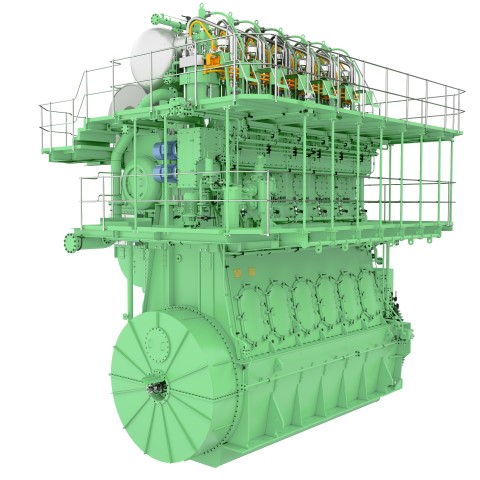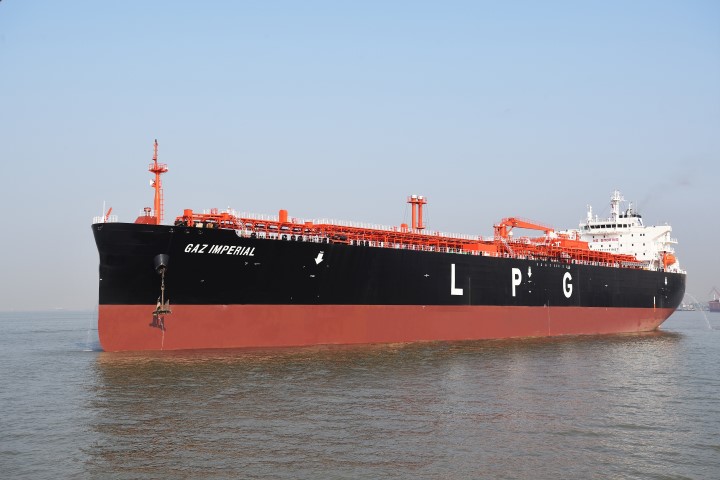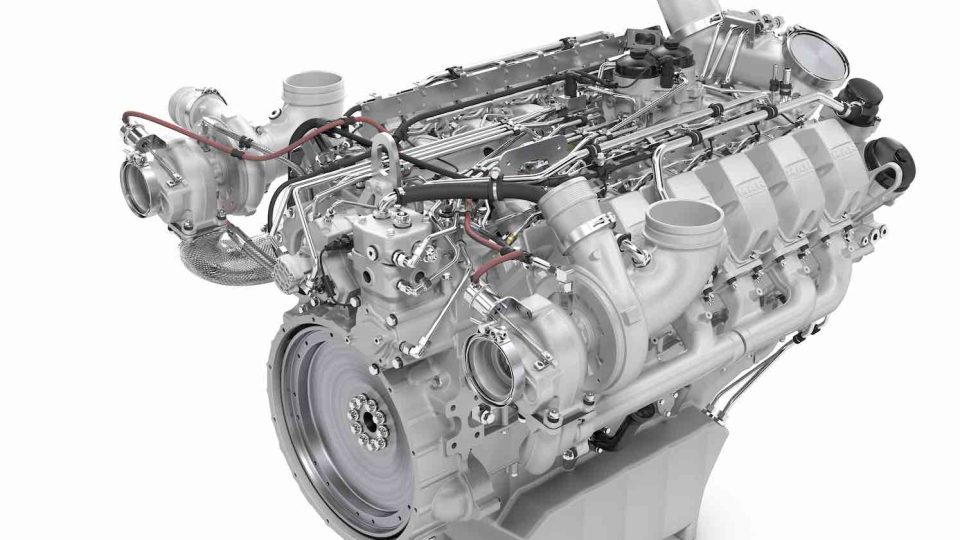MAN LGP engine at the servise of Chinese VLGC
MAN’s LGP-Fuelled ME-LGIP will power Jiangnan Shipyard’s VLGC Jiangnan Shipyard, owned by China State Shipbuilding Corp (CSSC), ordered an LPG-burning MAN B&W 6G60ME-LGIP engine in connection with the building of an 86,000-m3 VLGC (Very Large Gas Carrier) for Tianjin Southwest Maritime (TSM), the Chinese shipping company. Vessel delivery will happen in the second half of […]

MAN’s LGP-Fuelled ME-LGIP will power Jiangnan Shipyard’s VLGC
Jiangnan Shipyard, owned by China State Shipbuilding Corp (CSSC), ordered an LPG-burning MAN B&W 6G60ME-LGIP engine in connection with the building of an 86,000-m3 VLGC (Very Large Gas Carrier) for Tianjin Southwest Maritime (TSM), the Chinese shipping company. Vessel delivery will happen in the second half of 2021 and will include an option for a second vessel.
Bjarne Foldager, senior vice president, head of Two-Stroke Business at MAN Energy Solutions, said: «With 2020 and the new IMO emissions fast approaching, interest in using LPG as a fuel, within and outside of the LPG carrier segment, is growing. This is due to its sulphur-free character, widespread availability, price competitivity, and ease of bunkering. At MAN Energy Solutions, we feel that the introduction of the ME-LGIP is proving timely».

MAN SCR-HP FOR TWO-STROKE ENGINES
This one’s not alone…
MAN Energy Solutions already won the first orders for the new engine earlier in 2018 when Hanjin Heavy Industries announced that it would construct two VLGCs (Very Large Gas Carriers) in their Philippines Facilities for Exmar, the Belgian integrated gas-shipping company. The 86,000 m3 newbuildings will each be powered by an individual MAN B&W 6G60ME-LGIP Mk 9.5 engine.
The company also announced the first retrofit orders for the ME-LGIP in September 2018 when it signed a contract with Oslo-listed BW LPG for the world’s first retrofitting of four MAN B&W 6G60ME-C9.2 HFO-burning engines to 6G60ME-C9.5-LGIP LPG-propelled dual-fuel engines. The order includes options for further retrofits in the future with work expected to begin during 2020.

Bjarne Foldager added: «In gas mode, the ME-LGIP engine operates on just 3% pilot oil and down to 10% load. Ultimately, we expect the engine to operate without the need for pilot oil. The ME-LGIP can also burn liquid volatile organic compounds, a deliberate move on our part since the IMO will inevitably turn its focus towards the reduction of volatile organic compounds in the future. Accordingly, we view the ME-LGIP as also ideally suited to the propulsion of shuttle tankers and very large crude carriers».









